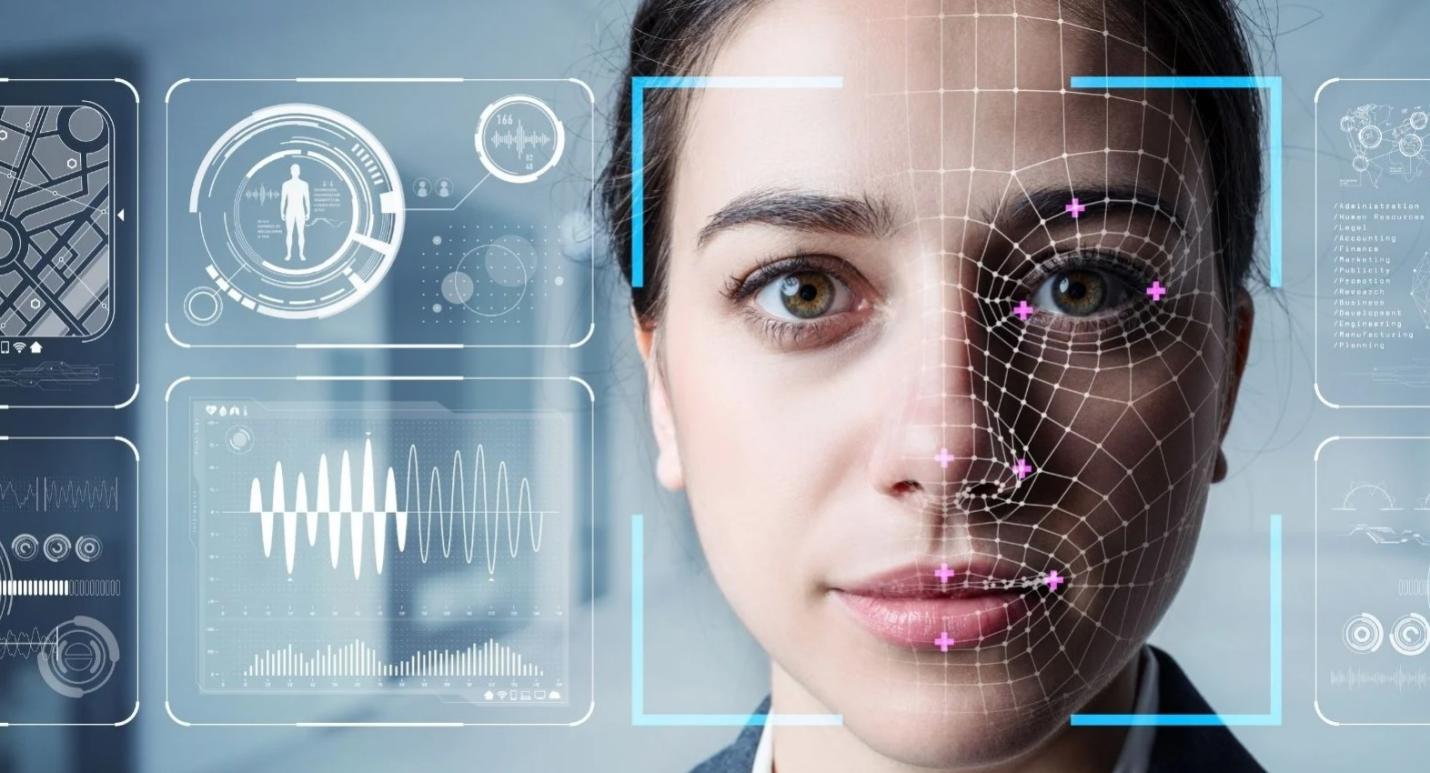The Safety Showdown: Biometrics vs. Passwords
Dec 11, 2023 By Triston Martin
In our ever-connected digital era, safeguarding personal information is of utmost importance. The ongoing debate between biometrics and passwords has taken center stage in discussions about digital security.
As we explore the strengths and vulnerabilities of these authentication methods, we aim to empower you to make informed choices in fortifying your digital world. Let's delve into the safety showdown between biometrics and passwords, examining the unique attributes and potential pitfalls of each.
Biometrics – A Closer Look
Biometrics goes beyond mere passwords, relying on unique physical or behavioral attributes that are exclusive to you. Let's delve deeper into the specific methods:
Fingerprint Recognition
Biometrics often kicks off with the oldest trick in the book – your fingerprints. The unique ridges and swirls on your fingertips make it a formidable barrier against unauthorized access. Not only is it secure, but it's also incredibly convenient. A simple touch can swiftly unlock your device, providing a seamless user experience.
Facial Recognition
Imagine your face becoming the ultimate password. Facial recognition takes center stage by scanning and analyzing distinct facial features. This adds an extra layer of security, as it's not just about typing in characters. However, concerns arise regarding its vulnerability to photo manipulation. Crafty individuals might use photos to trick the system, raising questions about its infallibility.
Voice Authentication
Your voice becomes the passcode with voice biometrics. It's an efficient method, as replicating someone's voice is no easy feat. The unique patterns in your voice make it challenging for unauthorized users to gain access. However, what if you have a cold or lose your voice temporarily? This brings forth a practical consideration – the potential hiccups in authentication during such situations.
Passwords – The Old but Gold

On the flip side of the security spectrum, we have passwords – the tried and true method that has been the go-to for securing digital accounts for decades. A string of characters, numbers, symbols, and passwords act as the virtual gatekeepers to your digital kingdom.
Complexity Matters
The strength of a password lies in its complexity. Crafting robust passwords with a mix of uppercase and lowercase letters, symbols, and numbers significantly enhances security. The more intricate the combination, the more challenging it becomes for potential intruders to crack it. However, this poses a unique challenge – how to strike a balance between creating a password that's both complex and memorable.
Password Managers
As the digital landscape evolves, managing multiple complex passwords becomes a logistical challenge. This is where password managers step in as digital gatekeepers. These tools offer a secure solution for storing and encrypting your passwords.
With a password manager, you only need to remember one master password. The manager takes care of the rest, generating complex and unique passwords for each of your accounts. This not only streamlines the login process but also ensures that your accounts remain fortified against unauthorized access.
Biometrics vs. Passwords: The Ultimate Verdict
In the ongoing debate between biometrics and passwords, it's essential to recognize that no system is foolproof. Both methods come with their set of strengths and weaknesses, creating a delicate balance in the pursuit of secure authentication.
Biometrics Strengths
Convenience: Biometrics offers quick and easy access with a simple touch or glance. This seamless authentication process enhances user experience and saves valuable time.
Uniqueness: The uniqueness of biometric features makes duplication or sharing a daunting task. Your distinct physical or behavioral traits serve as a personalized key, adding an extra layer of security.
Non-transferable: Unlike passwords, your biometrics stay with you. They are non-transferable, reducing the risk of unauthorized access through stolen or shared credentials.
Biometrics Weaknesses

Vulnerability to Spoofing: Despite their strengths, biometrics are vulnerable to spoofing. Photos or recordings may trick the system, raising concerns about the reliability of certain biometric methods.
Privacy Concerns: Storing biometric data raises valid privacy concerns. Users may worry about the security of their unique traits in the hands of service providers, highlighting the need for stringent privacy measures.
Password Strengths
Control: Passwords provide a sense of control as you decide and manage them. You have the autonomy to create, modify, and secure your passwords according to your preferences.
Changeability: One notable strength of passwords is their changeability. Regularly changing passwords adds an extra layer of security, making it challenging for potential intruders to gain prolonged access.
Password Weaknesses
Forgetfulness: Users often grapple with the challenge of password recall. Complex combinations, while enhancing security, can be a source of frustration for those prone to forgetfulness.
Phishing Risks: Social engineering attacks, commonly known as phishing, pose a significant risk to passwords. Users may unwittingly disclose their credentials, compromising the security of their accounts.
Finding Middle Ground - Two-Factor Authentication (2FA)
Finding a middle ground becomes pivotal. Enter Two-Factor Authentication (2FA) – a dynamic solution that marries the strengths of both biometrics and passwords, creating a robust fortress for your digital assets.
Two-factor authentication acknowledges the inherent vulnerabilities in relying solely on one method of authentication. By demanding not just one but two forms of verification, it significantly fortifies your defense against unauthorized access.
The process typically involves the combination of a biometric scan, such as a fingerprint or facial recognition, and a traditional password. This dual-layered approach ensures that even if one component is compromised, the other stands guard, adding an extra layer of resilience to your digital security.
Conclusion
In the tug-of-war between biometrics and passwords, there's no clear winner. It boils down to personal preference, convenience, and the level of security you seek. Perhaps the key lies in a hybrid approach, leveraging both biometrics and passwords, fortified by Two-Factor Authentication.
As you navigate the digital realm, remember the goal is not just to choose between biometrics and passwords but to adopt a security strategy that fits seamlessly into your lifestyle while keeping your data safe from prying eyes.








